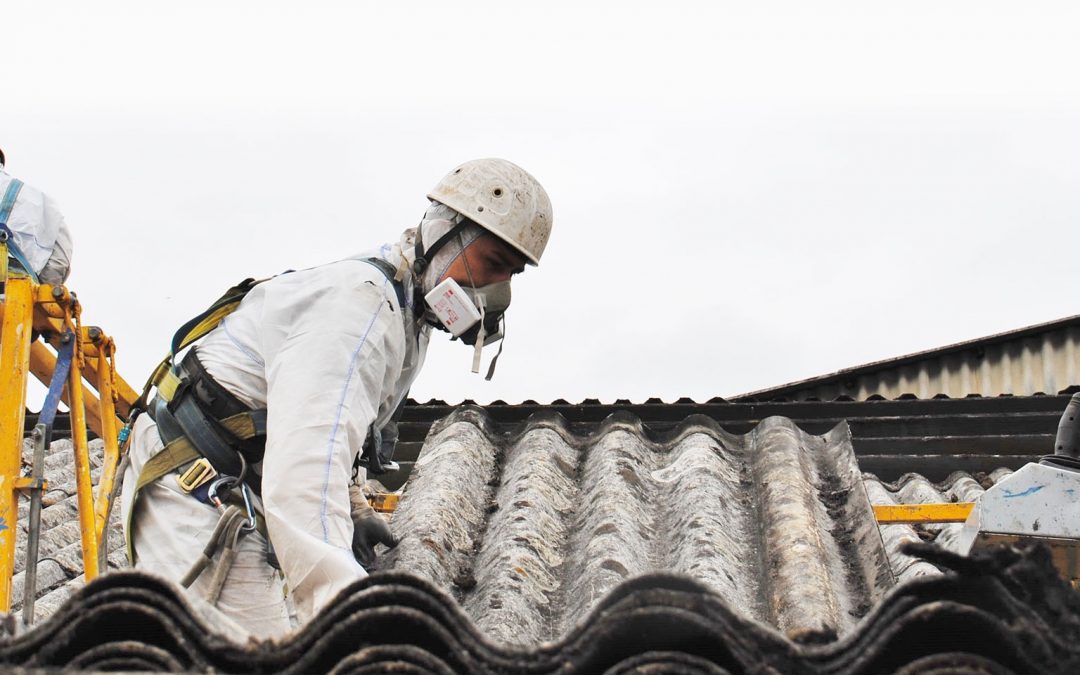Every year, the Asbestos Safety and Eradication Agency hold a two day summit, with a focus on debating and developing the next strategic plan for seeing an asbestos-free Australia. The current strategic plan was developed for the four year period of 2014-2018, so another summit will be held at the end of this year to further develop the plan for the future.
These summits see 250 delegates, all from varying fields of expertise – including management, health, advocacy and governance – come together to receive the most up to date information on asbestos management and awareness through a number of workshops and seminars.
The hard facts:
- Currently, one in every 3 homes in Australia contains asbestos.
- In 2016, there were roughly 220,000 deaths from asbestos related disease world wide
- In 2016, there were roughly 4,000 deaths from asbestos related disease Australia wide.
- Approximately 1.5 million tonnes of asbestos was imported into Australia between 1930 and 1953
The 2014-2018 National Strategic Plan for an asbestos-free Australia outlines 6 strategies.
The first strategy is Awareness. The primary goal of this strategy is to increase public awareness of the potential health risks that are associated with asbestos exposure. Within this strategy, ASEA would review current awareness raising programs and identify education gaps that need to be filled. Asbestos Awareness Australia, has developed a 20 point asbestos safety check for dealing with asbestos, and ASEA has created a one-stop asbestos information website.
Best practice aims to collectively identify the best practice for asbestos management, education, transport, storage and disposal. This means reviewing gaps in training for professionals, and revising disaster plans to outline the risks of asbestos during natural disasters. Some solutions proposed include information kits and protective equipment kits for those directly in the danger zones of asbestos exposure.
The Identification strategy focuses on improving resources that help with grading asbestos and sharing information regarding the location of Asbestos Containing Materials. This includes reviewing infrastructure data to assess the likelihood of Asbestos presence. It also includes heavily supporting the ban on Asbestos Containing Materials imports.
ASEAs removal plan is to identify areas of high priority where ACMs are present. This could include older buildings that are starting to deteriorate. Further, they aim to identify any barriers to the safe removal of asbestos, and review management and removal infrastructure to estimate the capacity and rate for the safe removal of asbestos.
ASEAS research goal is to monitor and promote research into Asbestos and Asbestos related disease. They aim to find solutions that can help minimise the risks, and manage asbestos related diseases.
Finally, Australia must maintain its position as an international leader in the worldwide ban of asbestos and asbestos products. Australia have banned the material already and now must proactively share the knowledge and resources with international nations.
Watch the Highlights of the 2017 Summit Here:
The next ASEA summit will be held from the 18th-21st November, 2018 in Sydney.
